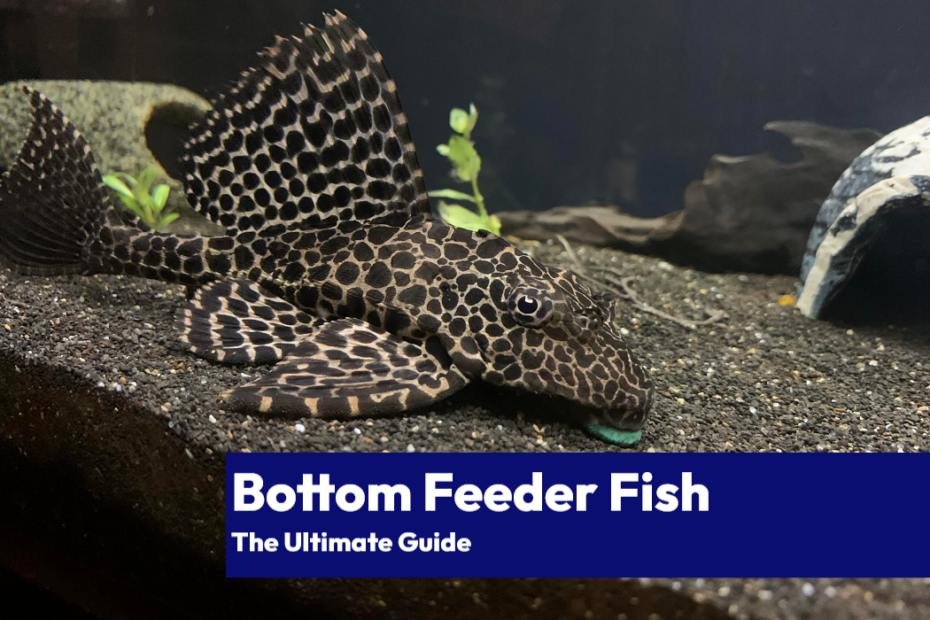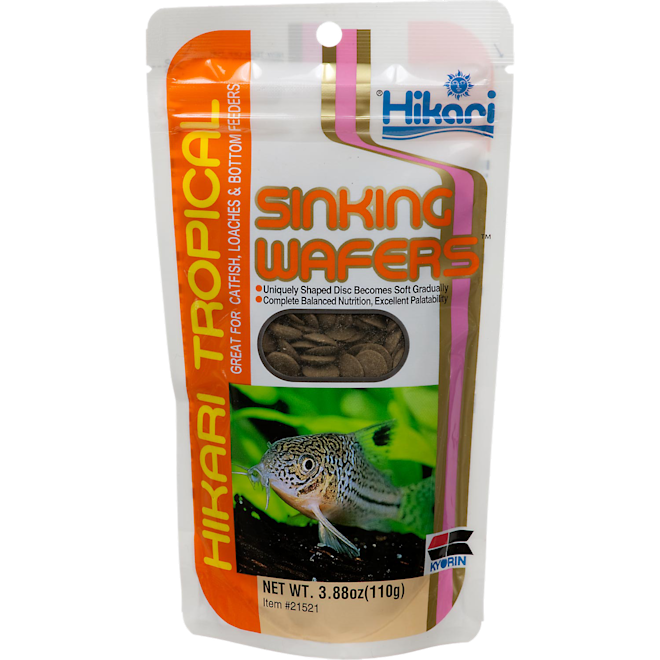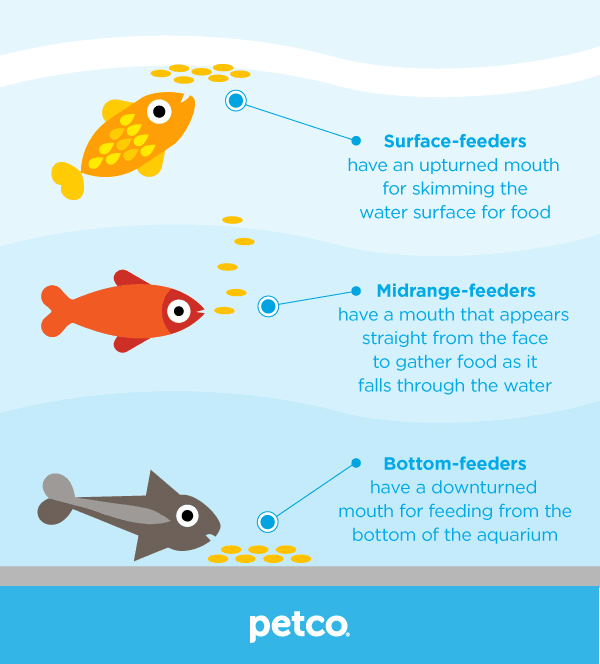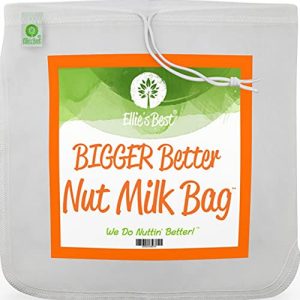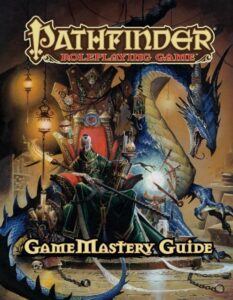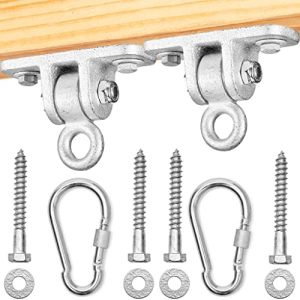Contents
- 1. What are Bottom Feeder Fish?
- 2. Types of Bottom Feeder Fish
- 3. Nutritional Needs of Bottom Feeder Fish
- 4. Essential Nutrients for Bottom Feeder Fish
- 5. Commercial Bottom Feeder Fish Foods
- 6. Homemade Bottom Feeder Fish Foods
- 7. Feeding Techniques for Bottom Feeder Fish
- 8. Tips for Feeding Bottom Feeder Fish
- 9. Symptoms of Poor Diet in Bottom Feeder Fish
- 10. Conclusion
In search of the perfect diet for your bottom feeder fish? Look no further! “The Ultimate Guide to Bottom Feeder Fish Food” is here to provide you with all the essential information you need to keep your aquatic friends healthy and happy. From an overview of the different types of bottom feeder fish to expert tips on choosing the right food, this comprehensive guide has got you covered. So, get ready to dive into the world of bottom feeder fish nutrition and ensure your underwater companions receive the best possible care.
1. What are Bottom Feeder Fish?
1.1 Overview
Bottom feeder fish are a unique group of fish that have adapted to feed on the organic matter that settles at the bottom of water bodies. They play an important role in maintaining the overall cleanliness and balance of aquatic ecosystems. These fish have specialized mouth structures and behaviors that allow them to scrape, sift, or vacuum the substrate to find food. Bottom feeders are often sought after by aquarium enthusiasts due to their interesting behaviors and ability to clean up leftover food and debris in aquariums.
1.2 Characteristics
Bottom feeder fish possess several characteristics that differentiate them from other types of fish. They typically have downward-facing mouths, allowing them to easily access food at the bottom of the tank or body of water. Many bottom feeder species also have barbels, which are sensory appendages around their mouths that help them locate food. These fish are generally hardy and can thrive in various water conditions, making them suitable for both beginners and experienced aquarists. Furthermore, bottom feeders exhibit diverse shapes, sizes, and colors, adding visual interest to any aquarium.
2. Types of Bottom Feeder Fish
2.1 Catfish
Catfish are one of the most well-known and popular bottom feeder fish. With their long whiskers, or barbels, and strong scavenging capabilities, they efficiently clean up uneaten food and debris while adding a touch of character to the aquarium. Common species of catfish include the Corydoras and Plecos, which we will delve into further in later sections.
2.2 Plecos
Plecos, or plecostomus, are a type of catfish known for their sucker-like mouths and ability to cling to surfaces using their specialized mouthparts. These fish are often sought after for their algae-eating abilities, making them valuable additions to an aquarium. Plecos come in various sizes, with some reaching impressive lengths of over a foot. They are well-suited for larger aquariums with plenty of hiding spots and vegetation.
2.3 Loaches
Loaches are bottom feeder fish that belong to the Cobitidae family. These small, slender fish are known for their playful and energetic nature. They have a penchant for burrowing and sifting through the substrate in search of food particles. Loaches also display fascinating social behaviors, making them a fascinating addition to a community tank.
2.4 Corydoras
Corydoras, or cory catfish, are a popular choice among aquarists due to their peaceful nature, small size, and unique appearances. They have a lot of personality and are excellent scavengers, consuming leftover food and detritus from the bottom of the tank. Corydoras thrive in schools, so it is recommended to keep them in groups for optimal well-being.
2.5 Bristlenose Plecos
Bristlenose Plecos, also referred to as bushy-nose catfish, are smaller and more manageable compared to other pleco species. They have a characteristic appearance characterized by their flat body, bristle-like appendages on their head, and distinctive coloration. Bristlenose Plecos are highly efficient at keeping algae growth under control, making them a popular choice for community tanks.
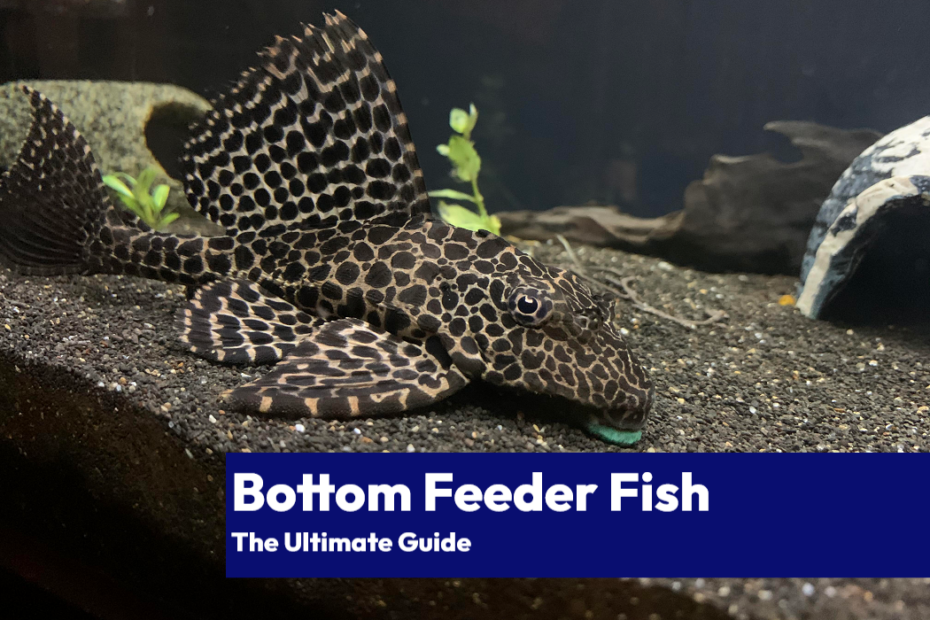
3. Nutritional Needs of Bottom Feeder Fish
3.1 High Fiber Content
Bottom feeder fish have specific dietary requirements that are different from other fish species. One crucial aspect is a high fiber content in their diet. Fiber aids in digestion and helps prevent intestinal blockages, which can be detrimental to the health of bottom feeders. Providing a diet rich in fiber ensures their digestive systems function optimally and helps prevent constipation.
3.2 Balanced Nutrition
While bottom feeders primarily consume organic matter, it is essential to provide them with a well-rounded and balanced diet. A combination of proteins, carbohydrates, fats, vitamins, and minerals is crucial for their overall health and wellbeing. Neglecting any of these essential nutrients can lead to deficiencies and health problems in the long run.
3.3 Omnivorous Diet
Most bottom feeder fish are omnivorous, meaning they consume both plant and animal matter. Replicating their natural diet in the aquarium is essential for their overall health. A varied diet consisting of both processed and natural foods ensures that bottom feeder fish receive all the necessary nutrients they need to thrive.
4. Essential Nutrients for Bottom Feeder Fish
4.1 Protein
Protein is a crucial nutrient for bottom feeder fish. It aids in growth, tissue repair, and overall metabolic function. High-quality sources of protein, such as fish or shrimp, should be included in their diet. Look for fish foods with a significant protein content to meet their dietary needs adequately.
4.2 Vitamins
Vitamins are essential for the overall health and vitality of bottom feeder fish. Vitamin-rich foods help boost their immune systems, enhance coloration, and promote proper growth. A variety of foods, such as vegetables, fruits, and commercially available fish foods, can fulfill their vitamin requirements.
4.3 Minerals
Minerals, such as calcium and phosphorus, are vital for the development of strong bones and teeth in bottom feeder fish. Calcium deficiency can lead to health issues like weakened skeletal structures, stunted growth, and even deformities. Providing mineral-rich foods, including leafy green vegetables and calcium-enriched flakes or pellets, is crucial for their optimal health.
4.4 Carbohydrates
Carbohydrates provide energy to bottom feeder fish. While they primarily consume proteins and fats, incorporating a moderate amount of carbohydrates into their diet is beneficial. Carbohydrates can be found in vegetables and plant-based bottom feeder fish foods.
4.5 Fats
Fats are an important energy source and aid in the absorption of vitamins and minerals. Including fish foods with a healthy fat content, such as those containing omega-3 fatty acids, can promote the overall well-being of bottom feeder fish.
5. Commercial Bottom Feeder Fish Foods
5.1 Pellets
Pellets are a popular choice when it comes to feeding bottom feeder fish. They are convenient, offer a balanced diet, and come in various sizes suitable for different species. Look for high-quality pellets specifically formulated for bottom feeder fish that contain a mix of protein, fiber, vitamins, and minerals.
5.2 Flakes
Flakes are another widely available option for feeding bottom feeder fish. They are suitable for most species and offer a variety of shapes and sizes to accommodate different mouth sizes. Look for nutrient-rich flakes with a good balance of proteins, vitamins, and minerals to meet their dietary needs.
5.3 Wafers
Wafers are specially designed sinking foods that target bottom feeder fish. They are typically rich in fiber and contain a mix of plant and animal-based ingredients to meet their omnivorous dietary requirements. Wafers are an excellent choice for fish that spend most of their time near the substrate.
5.4 Tablets
Tablets are compact, sinking food options that are ideal for bottom feeder fish. They are designed to slowly dissolve, providing a continuous food source for scavenging fish. These tablets often contain a mix of plant and animal matter to ensure a balanced diet.
5.5 Frozen Foods
Frozen foods, such as bloodworms, brine shrimp, and daphnia, are a nutritious option for bottom feeder fish. They offer a natural and varied diet, mimicking what bottom feeders would typically find in their natural habitat. Frozen foods should be thawed before feeding to prevent digestive issues.
6. Homemade Bottom Feeder Fish Foods
6.1 Blanched Vegetables
Blanched vegetables are an excellent homemade option for bottom feeder fish. Vegetables like zucchini, cucumber, and spinach can be blanched or lightly steamed to soften them for easier consumption. These vegetables are rich in fiber, vitamins, and minerals, making them a healthy addition to their diet.
6.2 Sinking Pellets
Sinking pellets can be made at home using a combination of high-quality fish or shrimp, gelatin, and fiber sources like crushed spirulina or vegetables. Simply mix the ingredients, form them into small pellets, and allow them to set. Homemade sinking pellets provide a customizable and nutritious option for bottom feeders.
6.3 Gel Foods
Gel foods are a versatile and customizable option for bottom feeder fish. They can be made by mixing nutrient-rich ingredients like fish, vegetables, and gelatin. Homemade gel foods allow owners to control the amount of protein, fiber, and other essential nutrients, catering specifically to the dietary needs of their bottom feeder fish.
6.4 Live Foods
Live foods offer a natural and enriching feeding option for bottom feeder fish. Brine shrimp, daphnia, and blackworms are popular choices that provide the opportunity for bottom feeders to exhibit their natural feeding behaviors. However, it is crucial to ensure that live foods are sourced from reputable suppliers to avoid introducing harmful pathogens or parasites to the aquarium.
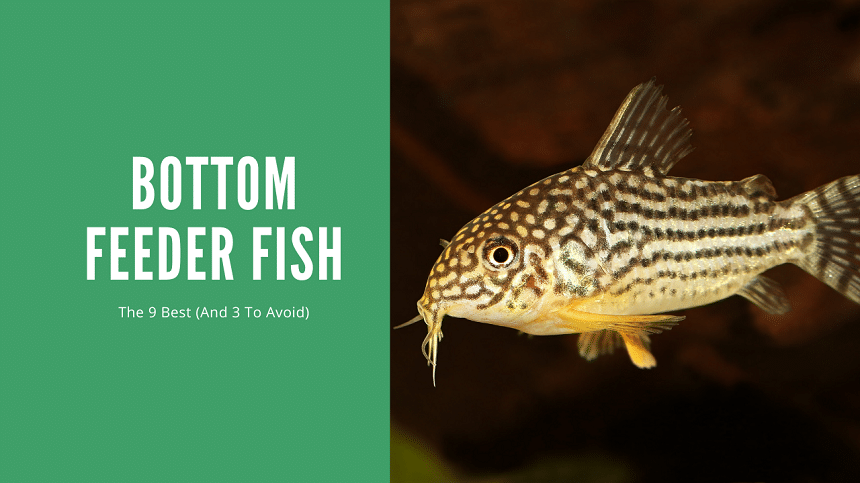
7. Feeding Techniques for Bottom Feeder Fish
7.1 Regular Feeding Schedule
Establishing a regular feeding schedule is crucial for the overall well-being of bottom feeder fish. Consistency ensures they receive essential nutrients regularly and prevents overfeeding. Feed bottom feeders small, frequent meals throughout the day, rather than one large feeding.
7.2 Controlled Portions
Controlling portion sizes is important when feeding bottom feeder fish. Offer them enough food that can be consumed within a few minutes, ensuring that no excess food is left behind to spoil and pollute the tank. Adjust portions based on the size and needs of the fish to maintain a healthy weight.
7.3 Sink the Food
As bottom feeder fish primarily feed at the substrate level, it is vital to choose sinking foods that can reach them easily. Sinking pellets, wafers, or tablets sink to the bottom, allowing bottom feeders ample time to consume the food before it reaches other tank inhabitants.
7.4 Observe and Adjust
Pay close attention to the feeding habits and behavior of your bottom feeder fish. Observe if they are eating well, showing signs of satiety, or if any particular food is causing digestive issues. Adjust the feeding regime and food offerings accordingly to ensure their nutritional needs are met.
8. Tips for Feeding Bottom Feeder Fish
8.1 Avoid Overfeeding
Overfeeding can lead to various health issues, such as poor water quality, obesity, and digestive problems. It is important to feed bottom feeder fish in moderation and avoid excessive feeding. Remember, they are efficient scavengers and can survive on smaller portions than other fish.
8.2 Supplement with Fresh Foods
In addition to commercial fish foods, supplementing the diet of bottom feeder fish with fresh foods is beneficial. Offer blanched vegetables, such as zucchini or spinach, as occasional treats to provide additional fiber and nutrients. Fresh foods can add variety to their diet and promote natural foraging behaviors.
8.3 Remove Uneaten Food
Uneaten food can quickly decompose and negatively impact water quality. Take care to remove any uneaten food from the tank within a few minutes after feeding to prevent spoilage. Regular aquarium maintenance, including water changes, is crucial to maintain clean and healthy water conditions.
8.4 Consider Tankmates’ Diet
When feeding bottom feeder fish, it is essential to consider the dietary requirements of other tank inhabitants. Some fish may compete for the same food sources, so choose carefully and ensure all fish receive adequate nutrition. Separating bottom feeder fish during feeding may be necessary to ensure they receive their fair share.
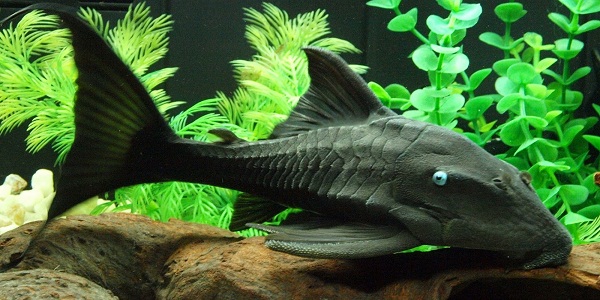
9. Symptoms of Poor Diet in Bottom Feeder Fish
9.1 Lack of Energy
Bottom feeder fish that are not receiving proper nutrition may display a lack of energy. They may appear sluggish, less active, or spend more time hiding. A poor diet can lead to a decrease in overall vitality, affecting their overall well-being.
9.2 Loss of Color
A poor diet can cause bottom feeder fish to lose their vibrant colors. Lack of essential nutrients can result in faded or dull coloration, indicating that adjustments need to be made to their diet.
9.3 Weight Loss
Rapid or excessive weight loss is a clear sign of poor nutrition in bottom feeder fish. This can occur if their dietary needs are not being met, leading to malnutrition and potential health issues.
9.4 Reduced Appetite
A sudden decrease in appetite can be an indication that the current diet is not meeting the nutritional needs of bottom feeder fish. If they are consistently refusing food or showing a lack of interest, it is important to reassess their diet and make appropriate adjustments.
10. Conclusion
Providing appropriate nutrition for bottom feeder fish is vital for their overall health and well-being. Understanding their dietary requirements and offering a balanced diet is essential for their vitality and longevity. Consider the different types of bottom feeder fish, their nutritional needs, and the various commercial and homemade food options available. By following proper feeding techniques and observing their behavior, you can ensure that your bottom feeder fish thrive in their habitat and contribute to the cleanliness and balance of your aquarium.

